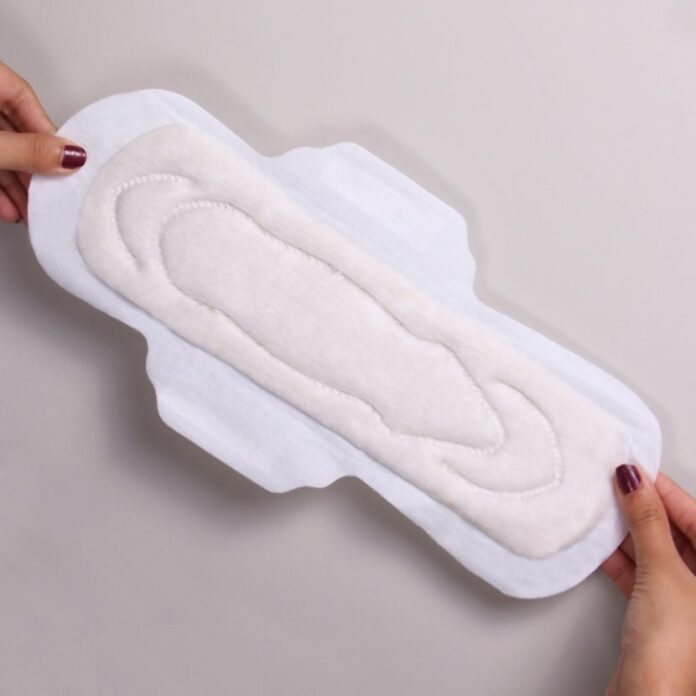Poverty in Buyalaa village, Budondo sub-county, Jinja has driven girls to use unhygienic sanitary gear that is locally made using soil, papers, polythene bags, and old torn pieces of mattresses as sanitary towels during their menstruation periods.
For many girls, the arrival of menstrual periods is an introduction to womanhood, but the unavailability of sanitary pads due to poverty has made this natural phase a nightmare amongst girls in Buyalaa village.
These locally made pads are not only unhygienic but are also not comfortable to wear since they are not tight enough, limiting the girls from attending school at times and doing certain social activities like sports because they are scared of being embarrassed in case they fall out.
According to Liz, an 18-year-old senior four student, she has been using these locally made pads since 2019 and learned how to make them from her grandmother because she could not afford the normal sanitary pads.
Liz further described how she makes her locally made pads: by piling soil in two polythene bags, then folding the polythene bags neatly, creating small holes on one side, then wrapping a cloth around the self-made sanitary pad so that the soil can absorb the blood. She further said that she uses two nickers, puts one in the middle, and wears tight shorts that can help hold the self-made sanitary pad and prevent it from falling out.
“Despite getting normal sanitary pads from my friend Elsa, they are never enough to cater for my menstrual days. If I get my periods during school days, I can’t go because I am uncomfortable and I am scared that my pad can easily fall out, and I do not want to be embarrassed since I walk to school to study,’’ Liz noted.
With tears rolling down her cheek, Liz’s mother, who is a widow, said that she would like to buy her daughter the normal hygienic sanitary pads, but it is impossible because they barely have enough to eat at home, and the money she gets from digging is not enough, making it hard to buy the proper sanitary towels.
Liz is not the only one facing this ordeal, and in the same neighborhood, a 12-year-old in primary six, whose menstruation started in December 2023 makes self-made sanitary pads by cutting pieces of foam from old, dirty mattresses to use during her menstrual cycle.
She said that her father is financially unstable, which is why she improvises by cutting sponges from this old, dirty mattress since it is the only option to manage her light menstrual blood flow.
She further said that before using the cut pieces of foam, she washes them to remove the dirt to avoid getting infections.
Despite efforts by civil society organizations to educate girls about menstrual hygiene, many families cannot afford commercially available sanitary pads, because they cost between Ugx 3,000 – 5,000, which is not affordable for most people in Buyalaa village.
A number of promises have been made to provide these young girls with proper sanitary towels, but they have not been fulfilled. However, both girls believe that if girls in Buyalaa village are given sewing machines, they will be able to make reusable sanitary pads for themselves since the government cannot give them
conventional sanitary pads whenever they need them.
They also called upon the government to reduce or remove the tax on the pads, so that they can be affordable to the young girls and the parents in the villages too.















